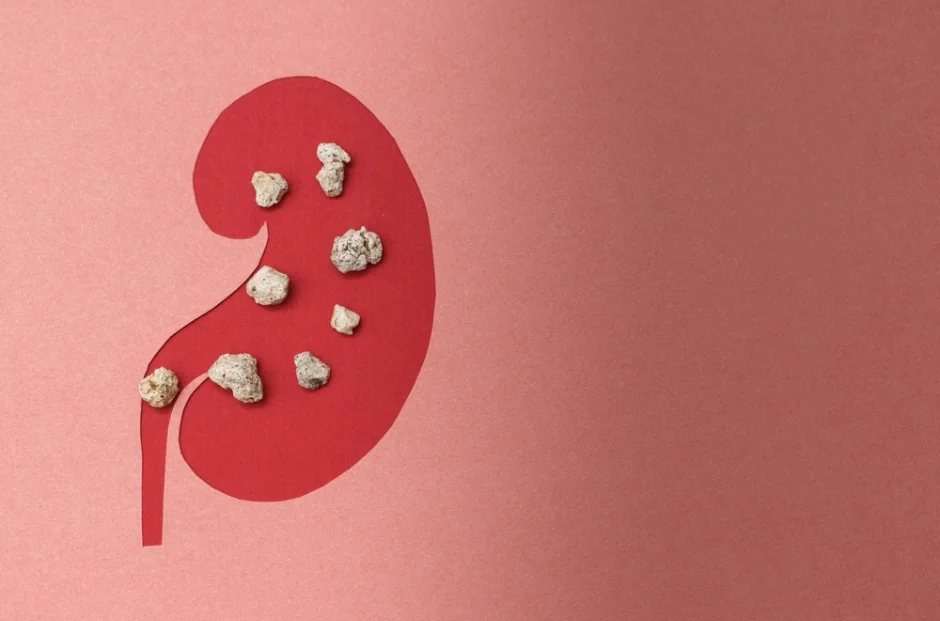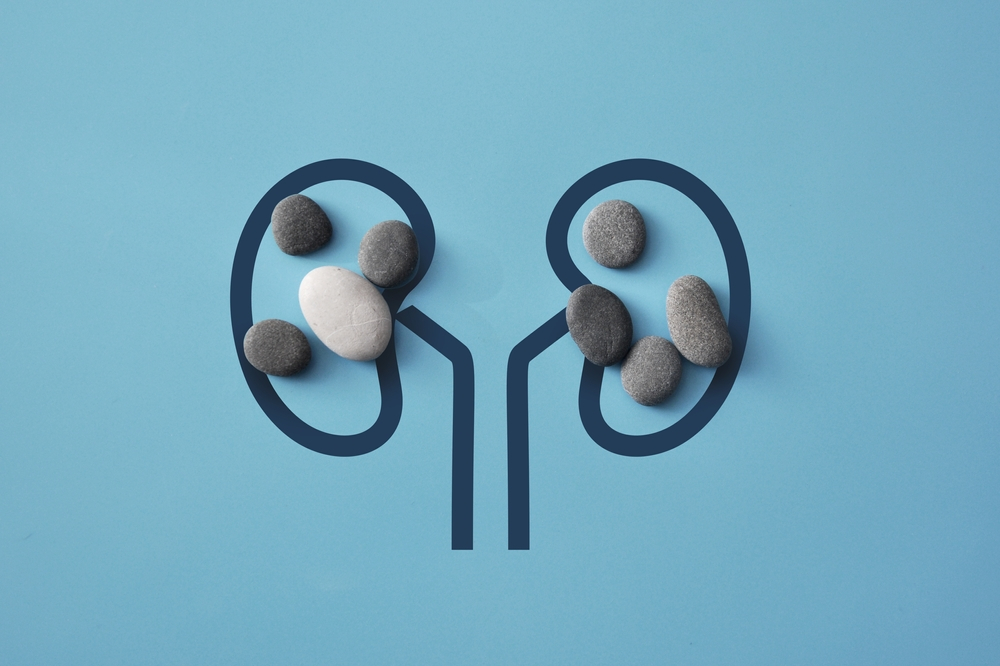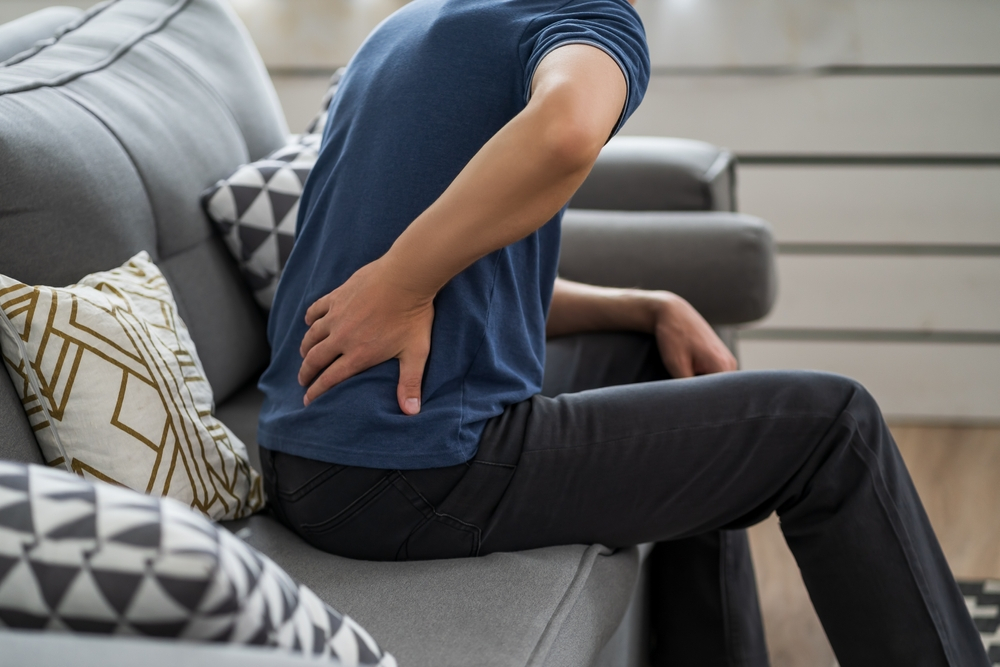Kidney stones are a common urological condition affecting many people worldwide. If you've ever experienced the sharp, excruciating pain that accompanies kidney stones, you know how important effective treatment is. In this guide, we'll delve into everything you need to know about kidney stone treatment, from types of kidney stones to the various methods of kidney stone removal.
1. What Causes Kidney Stones?
Kidney stones, also known as renal calculi, are solid masses formed in the kidneys from concentrated minerals in the urine. Several factors can contribute to their formation:
-
Dietary Choices: High oxalate foods, excessive salt, and low water intake.
-
Medical Conditions: Hypercalciuria, gout, and urinary tract infections.
-
Genetics: A family history of kidney stones increases your risk.
2. Types of Kidney Stones
Understanding the types of kidney stones can help tailor the treatment approach:
-
Calcium Stones: The most common type, often composed of calcium oxalate.
-
Struvite Stones: Form in response to a urinary tract infection.
-
Uric Acid Stones: More common in men and linked to high protein intake.
-
Cystine Stones: Rare and hereditary, caused by a genetic disorder.
3. Symptoms of Kidney Stones
Recognizing the symptoms of kidney stones is crucial for early treatment:
-
Severe Pain: Often described as sharp or cramping pain in the back or side (kidney stone pain area).
-
Blood in Urine: Hematuria can signal a kidney stone.
-
Nausea and Vomiting: Often accompany the pain.
-
Frequent Urination: A persistent need to urinate, sometimes with discomfort.
4. Diagnosis of Kidney Stones
Diagnosis typically involves imaging and lab tests:
-
Imaging Techniques: X-rays, CT scans, and ultrasounds help visualize the stones.
-
Laboratory Tests: Urine and blood tests to detect abnormalities.
5. Treatment Options for Kidney Stones
Conservative Management
For smaller stones, less invasive options may be recommended:
-
Increased Fluid Intake: Helps flush out smaller stones.
-
Pain Management: Medications to alleviate kidney stone pain.
-
Medications: Alpha-blockers can help pass stones.
Medical Therapies
-
Potassium Citrate: Used to prevent stones from forming.
-
Thiazide Diuretics: Help reduce calcium levels in urine.
Minimally Invasive Procedures
-
Thulium Fiber Laser (TFL): Most Innovative, Latest and a Game-changing laser technology crushes kidney stones. A super-pulsed thulium fiber laser can break kidney stones into dust-like particles of 100 microns or less.
-
Shock Wave Lithotripsy (SWL): Uses sound waves to break stones into smaller pieces.
-
Ureteroscopy (URS): A ureteroscope with laser light removes stones from the ureter.
Surgical Interventions
-
Percutaneous Nephrolithotomy (PCNL): Removes large stones through a small incision.
-
Laparoscopic Surgery: Less common but necessary for complex cases.
Prevention Strategies
Preventing kidney stones involves lifestyle and dietary changes:
-
Hydration: Drink plenty of water to dilute urine.
-
Dietary Modifications: Avoid high-oxalate foods (e.g., spinach, nuts) and reduce salt intake.
-
Medications: As prescribed by your urologist.
Living with Kidney Stones
Managing life with kidney stones involves continuous care:
-
Lifestyle Adjustments: Regular check-ups and staying hydrated.
-
Support Systems: Rely on friends and family for emotional and practical support.
FAQs
-
What are the first signs of kidney stones?
-
- Severe pain in the back or side, blood in urine, and frequent urination.
-
How can I prevent kidney stones naturally?
-
- Drink plenty of water, reduce salt intake, and avoid high-oxalate foods.
-
Are there any long-term effects of kidney stones?
-
- If untreated, they can lead to recurrent infections and kidney damage.
Dr.Ajinkya Patil
MCh. Urologist
Dr. Ajinkya Patil, a highly skilled Urologist, has a robust medical background, earning MBBS, completing a Laparoscopy fellowship, and achieving an M.S. in General Surgery. Driven by innovation and excellence, he provides personalized, effective treatment for optimal outcomes.


